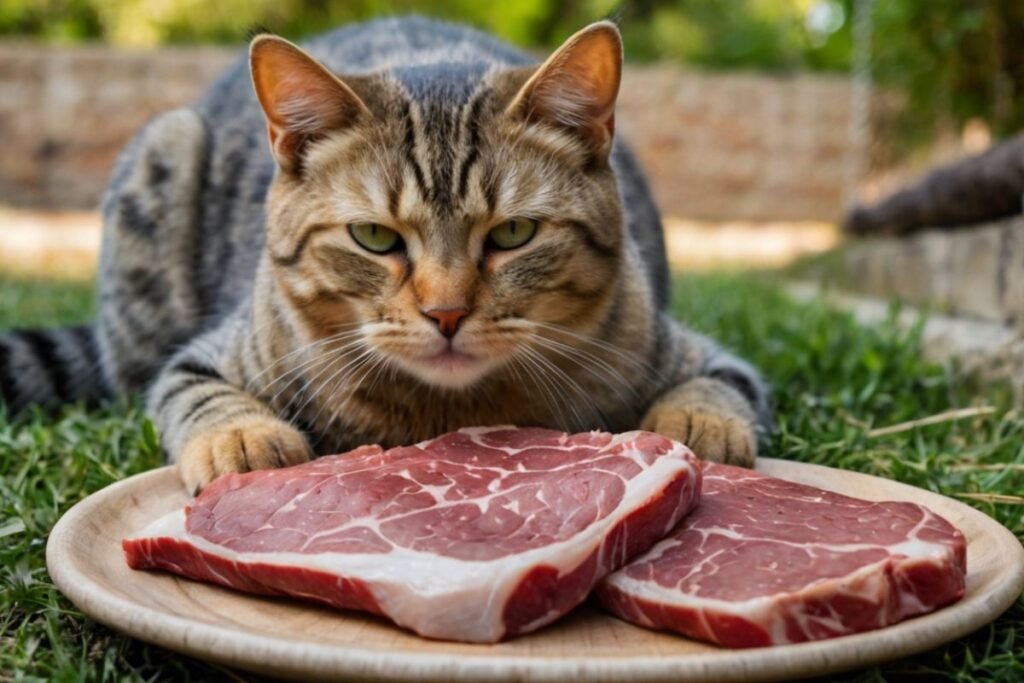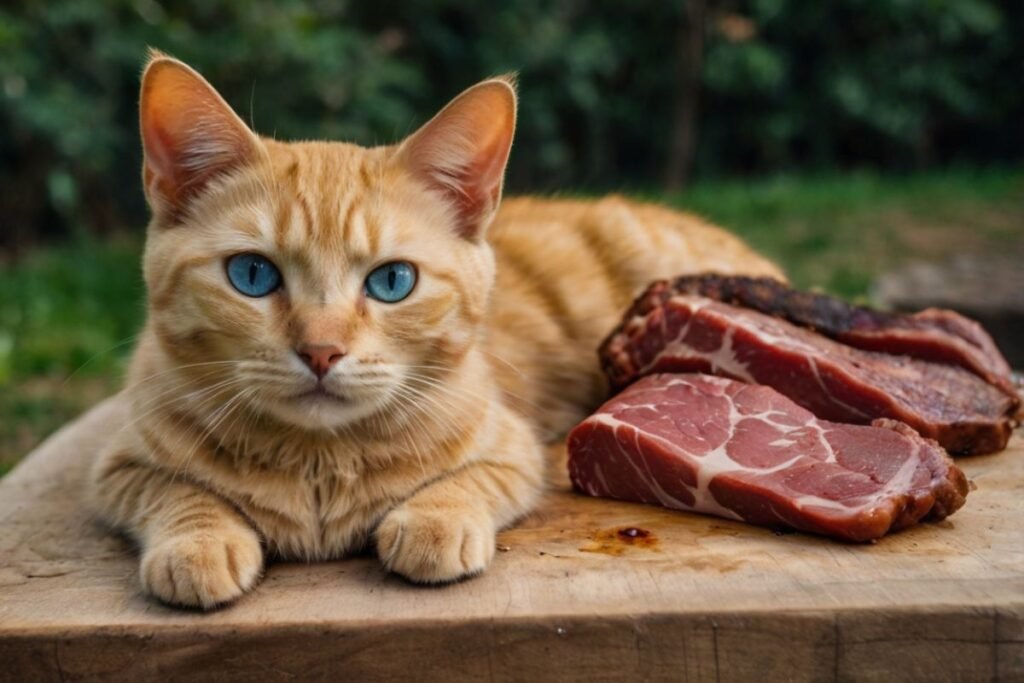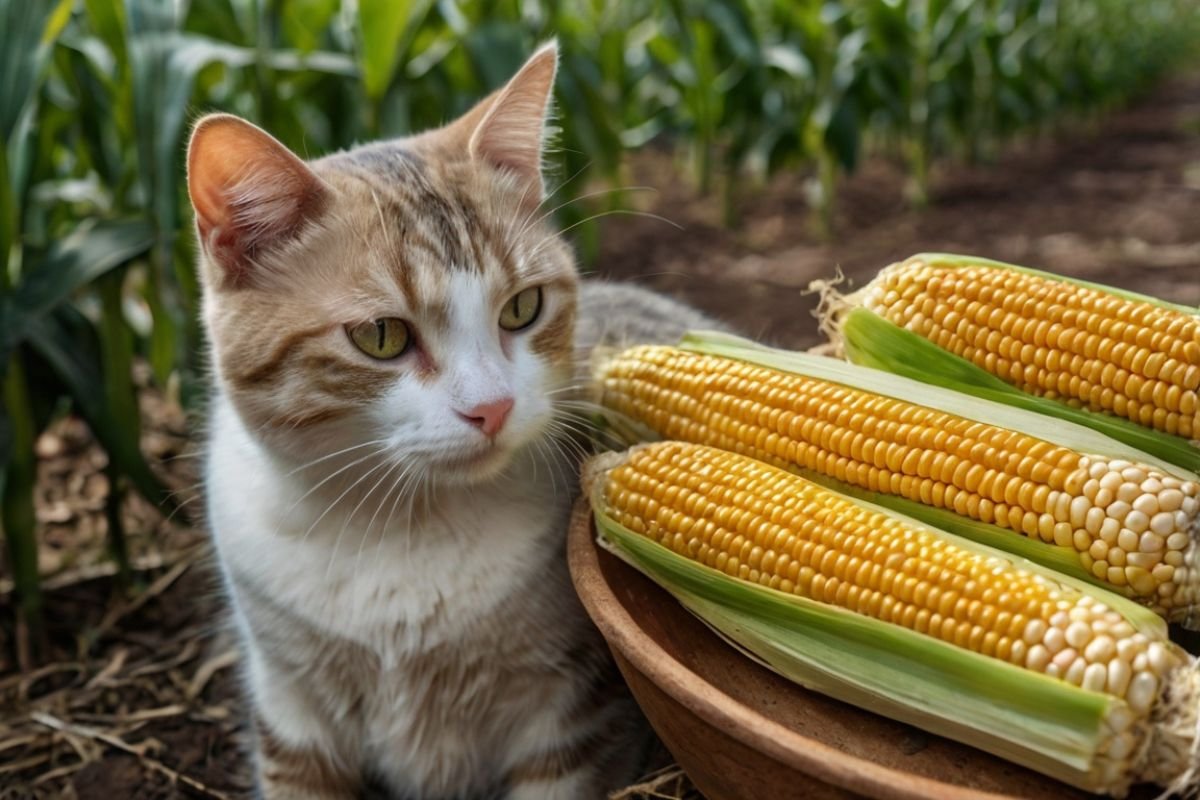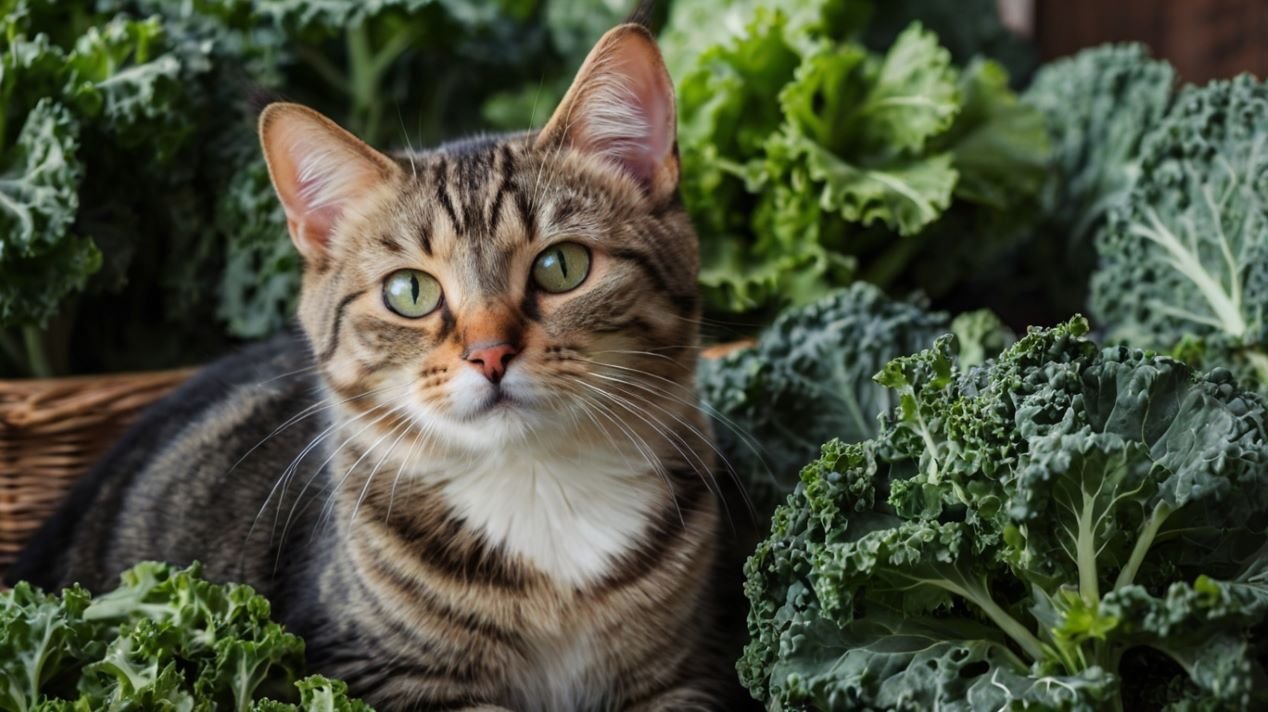Picture this: you’re cooking dinner, and your cat sits nearby. Their eyes follow every move you make. They smell the meat. They want some too. But then you pause. Can cats eat meat? Should you share your steak with them?
This question pops up in every cat owner’s mind. After all, we want the best for our furry friends. We want them healthy and happy. Therefore, understanding what they can eat matters a lot.
The short answer is yes. Cats can eat meat. In fact, they need it. However, there’s more to this story. Some meats are better than others. Some preparations work well. Others can harm your cat.
Let’s dive deep into this topic. We’ll explore everything about cats and meat. By the end, you’ll know exactly what to feed your feline friend.
Table of Contents
Understanding Your Cat’s Natural Diet
Cats Are Obligate Carnivores
First, let’s talk about what cats really are. Cats are obligate carnivores. This means they must eat meat to survive. Their bodies evolved to need meat. They cannot thrive on plants alone.
Unlike dogs, cats cannot be vegetarians. Their digestive system works differently. They need specific nutrients found only in meat. These nutrients keep them healthy and strong.
What Wild Cats Eat
Wild cats hunt for their food. They catch mice, birds, and small animals. These prey animals provide complete nutrition. They eat the whole animal. This includes organs, bones, and muscle meat.
Domestic cats still have these same needs. Their bodies haven’t changed much from their wild cousins. Therefore, they need similar nutrition.
Essential Nutrients in Meat
Meat provides several key nutrients that cats need:
Protein forms the foundation of their diet. Cats need more protein than dogs or humans. High-quality protein builds strong muscles. It also supports their immune system.
Taurine is crucial for cats. This amino acid keeps their heart healthy. It also supports good vision. Cats cannot make enough taurine on their own. They must get it from meat.
Arachidonic acid is another essential nutrient. This fatty acid comes from animal tissue. It helps with skin health and coat shine.
Vitamin A in its active form comes from meat. Cats cannot convert beta-carotene from plants. They need the ready-made vitamin A from animal sources.
Also read, Can Cats Eat Shrimp?
Types of Meat Cats Can Eat

Chicken
Chicken is excellent for cats. It’s lean and easy to digest. Most cats love the taste too. You can feed both white and dark meat. However, remove the skin first. Chicken skin contains too much fat.
Chicken breast works well for cats with sensitive stomachs. It’s gentle and nutritious. Dark meat like thighs has more flavor. Many cats prefer it.
Turkey
Turkey is another great option. It’s similar to chicken but with a different taste. Turkey is lean and packed with protein. It’s also rich in taurine.
Ground turkey works well for homemade cat food. Just make sure it’s plain. Avoid seasoned versions from the store.
Beef
Beef can be part of your cat’s diet. However, it’s richer than poultry. Some cats find it harder to digest. Start with small amounts to see how your cat reacts.
Lean cuts work best. Avoid fatty pieces. Ground beef should be at least 85% lean. Otherwise, it might upset your cat’s stomach.
Fish
Fish is popular with many cats. Salmon, tuna, and sardines are good choices. Fish provides omega-3 fatty acids. These support brain health and coat shine.
However, don’t make fish the only protein. Too much fish can cause problems. It can lead to thiamine deficiency. Also, some fish contains mercury. Therefore, variety is important.
Lamb and Other Meats
Lamb works for some cats. It’s rich and flavorful. However, it’s also fatty. Use it as an occasional treat rather than a daily food.
Other meats like duck or venison can work too. However, stick to common meats most of the time. These are safer and easier to find.
Raw vs. Cooked Meat: What’s Best?
The Raw Meat Debate
Raw meat diets are popular among some cat owners. Supporters say it’s more natural. They believe it’s what cats would eat in the wild.
Raw meat does have some benefits. It retains all nutrients. Cooking can destroy some vitamins. Raw meat also has natural enzymes that aid digestion.
However, raw meat also carries risks. It can contain harmful bacteria. Salmonella and E. coli are common concerns. These can make your cat very sick.
Benefits of Cooked Meat
Cooking meat kills dangerous bacteria. This makes it safer for your cat. Cooked meat is also easier to digest for some cats.
Many veterinarians recommend cooked meat. It’s a safer choice for most households. Especially if you have young children or elderly family members.
How to Cook Meat for Cats
If you choose to cook meat, do it simply. Boil, bake, or grill without seasoning. Don’t add salt, garlic, or onions. These can be toxic to cats.
Cook the meat thoroughly. Make sure no pink remains. Let it cool completely before serving. Cut it into small, bite-sized pieces.
Foods to Avoid
Toxic Seasonings
Never give cats meat with certain seasonings. Garlic and onions are extremely dangerous. They can damage red blood cells. Even small amounts can cause problems.
Salt is also harmful in large quantities. Cats need very little salt. Too much can cause kidney problems.
Processed Meats
Avoid processed meats like bacon, sausage, or deli meat. These contain too much salt and preservatives. They can also have harmful additives.
Hot dogs and lunch meat are not good choices. They’re designed for human taste, not cat nutrition.
Bones and Fat
Cooked bones are dangerous. They can splinter and cause choking. They can also damage your cat’s digestive system.
Large amounts of fat can cause pancreatitis. This is a serious condition. Trim excess fat before giving meat to your cat.
Proper Portion Sizes

How Much Meat Should Cats Eat?
The amount depends on your cat’s size and activity level. Adult cats typically need about 20 calories per pound of body weight. A 10-pound cat needs roughly 200 calories daily.
Meat should make up most of these calories. However, it shouldn’t be the only food. Cats also need other nutrients from complete cat food.
Treats vs. Meals
If you’re giving meat as a treat, keep portions small. Treats should be no more than 10% of daily calories. This prevents nutritional imbalances.
For example, if your cat needs 200 calories daily, treats should be under 20 calories. That’s about one small piece of chicken.
Age Considerations
Kittens need more calories per pound than adult cats. They’re growing rapidly. Senior cats might need fewer calories. They’re usually less active.
Always consult your veterinarian about proper portions. They can give personalized advice based on your cat’s specific needs.
Introducing New Meats
Start Slowly
When introducing new meat, go slowly. Start with tiny amounts. Watch for any digestive upset. Some cats have sensitive stomachs.
Mix new meat with familiar food at first. This helps your cat adjust. Gradually increase the amount over several days.
Signs of Food Intolerance
Watch for signs that your cat can’t tolerate a new meat. Vomiting is one warning sign. Diarrhea is another. Loss of appetite might also indicate problems.
If you notice these symptoms, stop the new meat immediately. Return to your cat’s regular food. Contact your veterinarian if symptoms persist.
Building Variety
Once your cat tolerates a new meat, you can add it to their rotation. Variety is good for cats. It prevents boredom and provides different nutrients.
However, don’t change foods too quickly. Cats prefer routine. Make changes gradually over time.
Commercial Cat Food vs. Fresh Meat
Complete vs. Incomplete Nutrition
Commercial cat food is designed to be complete. It contains all nutrients cats need. Fresh meat alone is not complete nutrition.
If you feed fresh meat, it should supplement regular cat food. Don’t replace all commercial food with fresh meat. This can cause nutritional deficiencies.
The Role of Fresh Meat
Fresh meat can be a healthy addition to your cat’s diet. It provides high-quality protein. It can also make meals more interesting.
Think of fresh meat as a supplement, not a replacement. It should enhance your cat’s nutrition, not replace it.
Quality Matters
Whether you choose commercial food or fresh meat, quality matters. Look for high-quality ingredients. Avoid products with excessive fillers or by-products.
For fresh meat, choose human-grade options. These are safer and more nutritious. They’re worth the extra cost for your cat’s health.
Special Considerations
Cats with Health Issues
Some cats have special dietary needs. Cats with kidney disease need limited protein. Cats with diabetes need consistent nutrition.
If your cat has health issues, consult your veterinarian before adding fresh meat. They can advise what’s safe for your specific situation.
Indoor vs. Outdoor Cats
Indoor cats typically need fewer calories. They’re less active than outdoor cats. Adjust portion sizes accordingly.
Outdoor cats burn more energy. They might need more protein and calories. However, they should still eat measured portions.
Multi-Cat Households
If you have multiple cats, feeding can be challenging. Each cat might have different preferences. Some might eat faster than others.
Consider feeding cats separately. This ensures each cat gets proper nutrition. It also prevents food stealing.
Preparation and Storage Tips
Safe Handling
Always wash your hands before and after handling raw meat. Clean all surfaces and utensils thoroughly. This prevents cross-contamination.
Use separate cutting boards for meat and other foods. This is especially important if you’re preparing both human and cat food.
Storage Guidelines
Store fresh meat in the refrigerator. Use it within 1-2 days of purchase. Frozen meat can last several months.
Thaw frozen meat in the refrigerator, not at room temperature. This prevents bacterial growth.
Batch Preparation
You can prepare meat in batches. Cook several portions at once. Store them in the refrigerator for quick meals.
Portion cooked meat into serving sizes. This makes feeding easier and prevents waste.
Common Myths About Cats and Meat
Myth: Cats Can’t Digest Cooked Meat
This is false. Cats can digest cooked meat very well. In fact, cooking can make some nutrients more available.
The key is cooking without harmful seasonings. Plain cooked meat is perfectly fine for cats.
Myth: Raw Meat is Always Better
While raw meat has some benefits, it’s not always better. It carries risks that cooked meat doesn’t have.
The best choice depends on your situation. Consider your cat’s health, your family’s safety, and your comfort level.
Myth: Cats Don’t Need Vegetables
While cats are carnivores, small amounts of vegetables can be beneficial. Many commercial cat foods include vegetables.
However, vegetables should never be the main part of a cat’s diet. Meat should always be the primary component.
When to Consult Your Veterinarian
Regular Check-ups
Regular veterinary visits are important. Your vet can assess your cat’s nutritional needs. They can also detect health issues early.
During check-ups, discuss your cat’s diet. Ask about any changes you’re considering. Your vet can provide personalized advice.
Signs of Nutritional Problems
Watch for signs that your cat isn’t getting proper nutrition. Weight loss or gain can indicate problems. Changes in coat quality might also be a sign.
Lethargy or behavioral changes can indicate nutritional issues. If you notice these signs, consult your veterinarian promptly.
Dietary Transitions
If you want to change your cat’s diet significantly, work with your veterinarian. They can help you transition safely.
Major dietary changes should be made gradually. This prevents digestive upset and ensures proper nutrition.
Creating a Balanced Diet
The 80/20 Rule
A good rule of thumb is the 80/20 approach. About 80% of your cat’s diet should be complete commercial food. The remaining 20% can be fresh meat and treats.
This ensures your cat gets complete nutrition while enjoying variety. It’s a practical approach for most cat owners.
Rotating Proteins
Consider rotating different proteins throughout the week. Monday might be chicken day. Tuesday could be fish day. This provides variety and different nutrients.
However, don’t change proteins too frequently. Cats prefer some routine. Weekly or bi-weekly changes work well.
Monitoring Your Cat’s Health
Keep an eye on your cat’s overall health. A healthy cat has bright eyes and a shiny coat. They should be active and alert.
Regular weight checks are important. Sudden weight changes can indicate health problems. Your veterinarian can help you monitor your cat’s weight.
Conclusion
Cats can definitely eat meat. In fact, they need it to thrive. As obligate carnivores, meat is essential for their health and wellbeing.
However, not all meat is created equal. Choose high-quality options. Prepare them safely. Feed appropriate portions. Always prioritize your cat’s overall nutritional needs.
Whether you choose raw or cooked meat, the key is balance. Fresh meat should complement, not replace, complete cat food. This ensures your feline friend gets all necessary nutrients.
Remember that every cat is unique. What works for one cat might not work for another. Pay attention to your cat’s individual needs and preferences. When in doubt, consult your veterinarian.
By understanding your cat’s nutritional needs, you can make informed decisions about their diet. This leads to a healthier, happier cat. And isn’t that what we all want for our beloved feline companions?
The journey of cat ownership is filled with questions and decisions. Understanding proper nutrition is one of the most important aspects. With this knowledge, you can provide the best possible care for your cat. They’ll thank you with purrs, cuddles, and many years of companionship.

Shahriar Robin is the creator of WhatPetsCanEat.com, a passionate pet lover and dedicated cat dad to Rio, a curious two-year-old orange feline who inspired this website. With a love for animals and a knack for research, Shahriar shares trusted, easy-to-understand information to help fellow pet owners make safe, healthy food choices for their furry friends.


